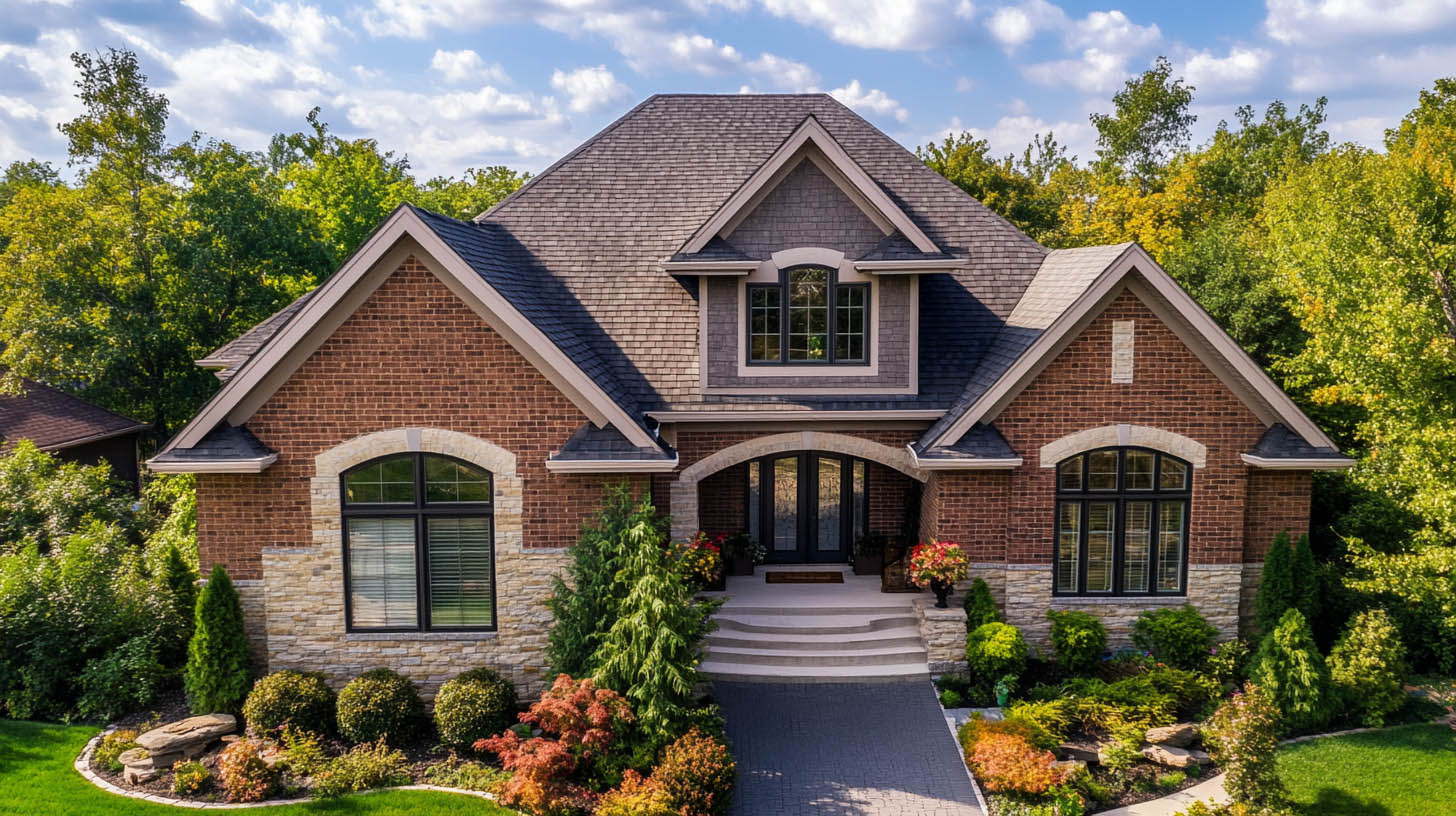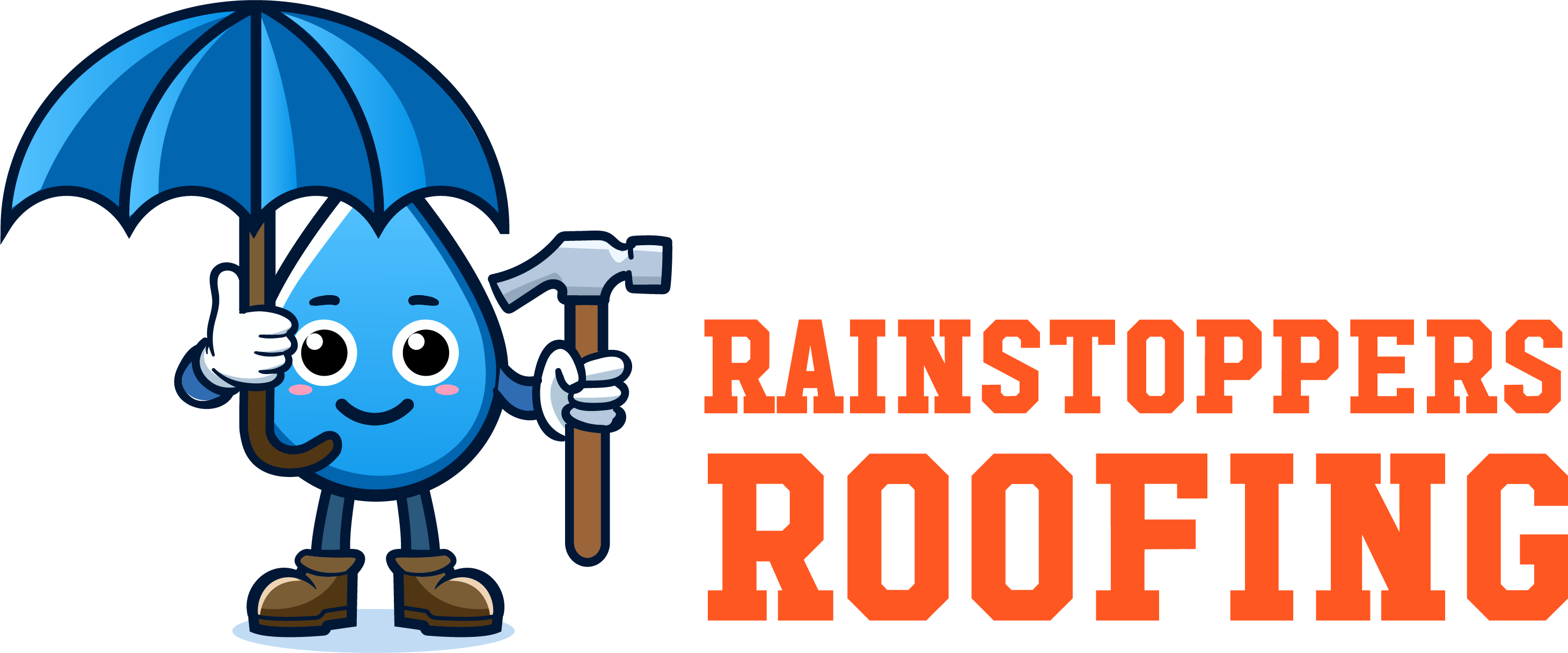
Rainstoppers Roofing understands that roof maintenance doesn’t have to be a daunting task. Proactive care and regular inspections keep your roof performing optimally, saving time, money, and stress in the long run.
Why Regular Roof Maintenance Matters
Routine maintenance is essential for identifying and addressing small issues before they escalate into costly repairs or premature roof replacement. Ignoring minor problems can cut your roof’s lifespan by 50% or more, making maintenance a critical part of your home care strategy.
Key Fact: Roofs with proactive maintenance last 21+ years on average, compared to just 13–14 years for neglected roofs.
Common Roof Maintenance Myths Debunked
Myth 1: My Roof Doesn’t Need Maintenance Unless There’s a Leak
Waiting for visible leaks to appear often results in severe, hidden structural damage. Leaks typically indicate long-term issues like:
- Worn-out flashing.
- Cracked or missing shingles.
- Water pooling in low-slope areas.
Truth: Regular inspections help detect early signs of wear and tear, allowing you to avoid expensive damage.
Myth 2: Maintenance Is Too Expensive
Homeowners often see roof maintenance as an unnecessary expense. In reality, small investments in regular upkeep prevent significant repair costs. For example:
- Fixing minor flashing issues can cost a fraction of replacing water-damaged ceilings.
- Cleaning gutters avoids ice dams that could require structural repairs.
Truth: Preventive maintenance saves thousands over the lifespan of your roof.
Myth 3: All Roofing Problems Are Obvious
Roof issues like mold, water damage, and insulation failures often develop out of sight. Homeowners may miss:
- Hidden leaks in attics or between walls.
- Tiny cracks in shingles or flashing.
- Subtle sagging due to weakened decking.
Truth: Professional inspections uncover hidden problems, ensuring timely repairs.
Key Steps to Effective Roof Maintenance
1. Schedule Regular Inspections
Inspections should occur twice a year—ideally in the spring and fall—and after major storms. Professionals look for:
- Damaged or missing shingles.
- Cracked flashing around vents and chimneys.
- Debris in gutters and downspouts.
2. Clear Gutters and Roof Debris
Clogged gutters cause water backup, leading to roof leaks and foundation damage. Remove:
- Leaves, branches, and dirt from gutters.
- Moss, algae, or standing debris from the roof surface.
3. Check for Proper Ventilation
Poor ventilation causes moisture buildup, leading to mold and shingle deterioration. Ensure your attic has:
- Sufficient airflow to regulate temperatures.
- No insulation blocking ventilation pathways.
4. Address Minor Repairs Promptly
Small repairs like resealing flashing, replacing cracked shingles, or fixing leaks prevent larger problems down the road.
The Benefits of Proactive Roof Maintenance
- Extends Roof Lifespan
Routine maintenance ensures your roof lasts its full potential, reducing replacement costs. - Reduces Repair Costs
Addressing minor issues early prevents expensive emergency repairs or structural damage. - Maintains Energy Efficiency
Well-maintained roofs keep your home insulated, reducing heating and cooling costs. - Improves Home Value
A well-kept roof enhances curb appeal and provides peace of mind for future buyers.
DIY vs. Professional Roof Maintenance
While homeowners can handle tasks like gutter cleaning and basic visual inspections, professional services offer:
- Thorough Assessments: Experts detect subtle issues often missed by untrained eyes.
- Safe Repairs: Roofing requires specialized tools and safety protocols.
- Warranty Protection: Professional maintenance ensures manufacturer warranties remain valid.
FAQs
1. How often should I maintain my roof?
Twice annually—spring and fall—and after severe storms for the best results.
2. What are the most common signs of roof damage?
Leaks, water stains, missing shingles, and mold growth are key indicators of roof issues.
3. Is professional roof maintenance worth the cost?
Yes. Routine maintenance prevents costly repairs and extends your roof’s lifespan.
4. Can poor ventilation damage my roof?
Absolutely. Improper ventilation causes moisture buildup, which leads to mold, rot, and shingle degradation.
5. Should I inspect my roof after a storm?
Yes. Storms often cause hidden damage, including loosened shingles, cracks, and flashing issues.
Conclusion
Roof maintenance doesn’t have to be intimidating. Regular inspections, timely repairs, and proper care keep your roof in top condition, saving money and extending its lifespan. Proactive maintenance ensures small issues don’t become expensive emergencies.
Contact Rainstoppers Roofing today to schedule a professional roof inspection and protect your home for years to come.If you want to read a blog about preparing your roof for winter and the cold season, click here.
